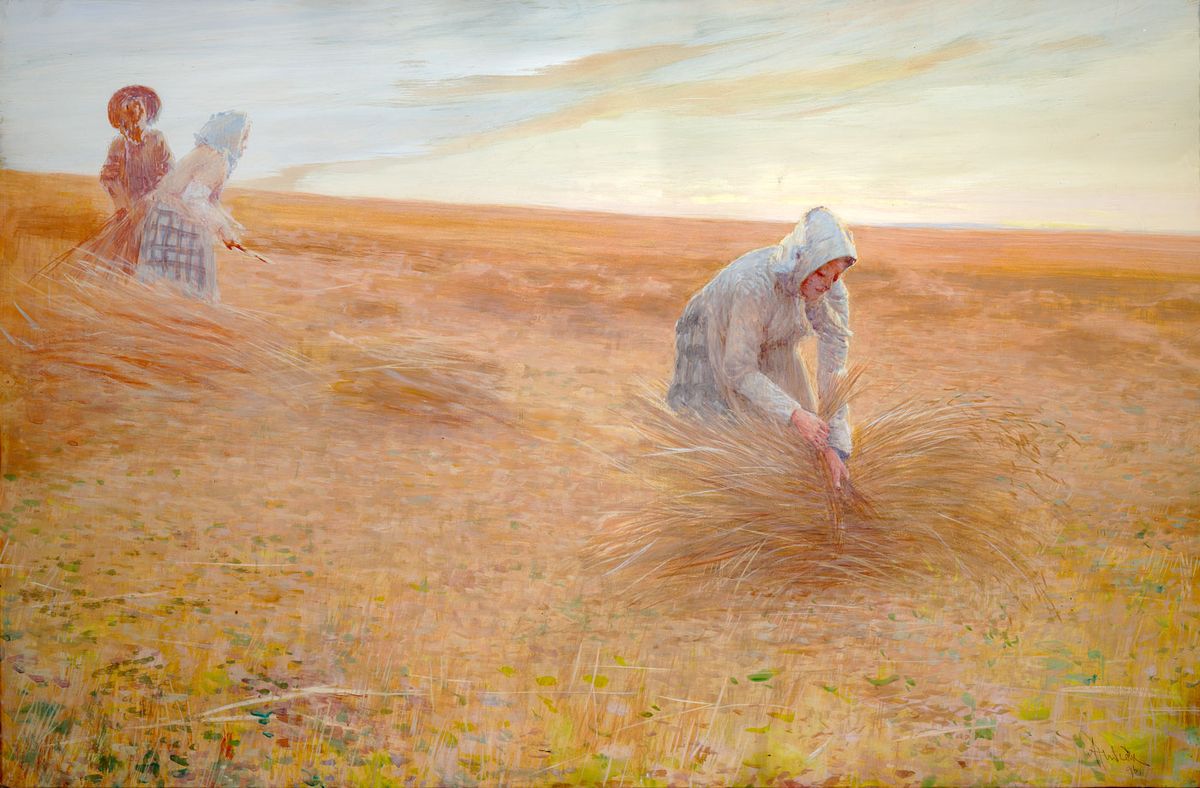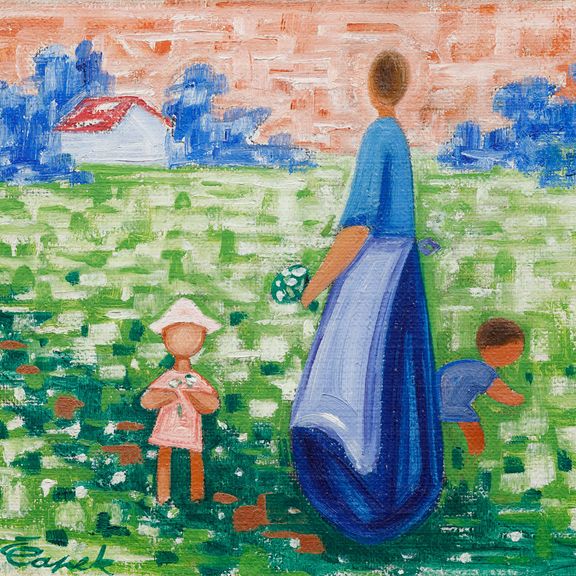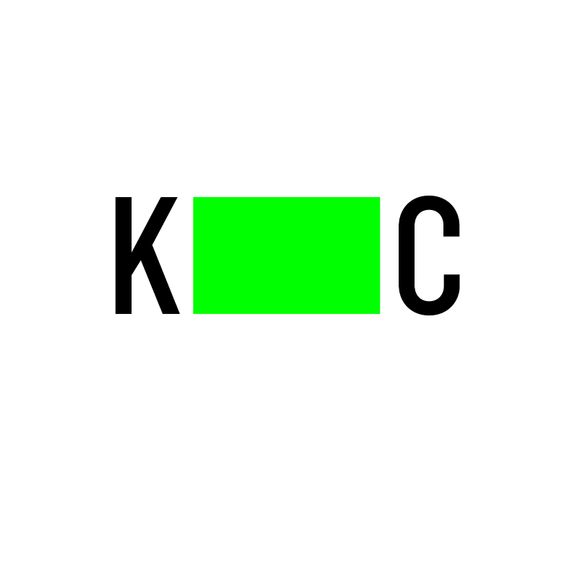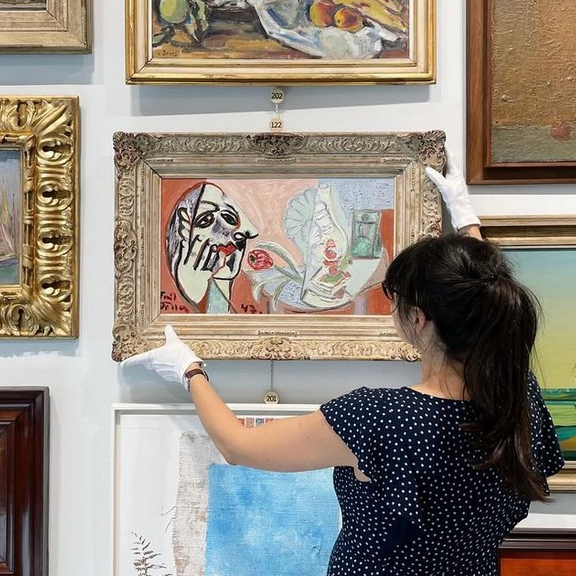
syntonos on cardboard
1896
lower right
70 × 105 cm
frame, glass
This rare, hitherto unknown work by the co-creator of Czech modern landscape painting falls in his artistic period most highly appreciated by collectors and art historians. At this time, he often painted in the surroundings of Okoř and also joined the Mánes association. The presented painting brings a rare example of a composition in which Hudeček had so far worked on the border between pure landscape painting and figure art. The symbiosis of man and nature was still natural for him at this time and was based not only on his academic training but also on his close relationship with the members of Mařák Landscape School at the Prague Academy. Hudeček later began to abandon this connection between the figure and the landscape, only to have it return to him occasionally as a certain fixed idea throughout his life. He captured a simple scene with three figures in the presented composition. The first of them in the front plan is reminiscent of the slightly older painting Weeders by Jakub Schikaneder from the collections of the National Gallery in Prague (inv. No. O 5075) and, in terms of subject matter, undoubtedly works of the Barbizon school. The other two figures, a man and a woman in the background, are most likely raking corn or preparing it to be taken away on a cart. The scarf, blouse, and checkered skirt are the same for both women, they unify them, and rather than a portrait, they can be seen as general symbols of women’s work at the peak harvest. A man who lacks specific facial features counterbalances this principle. Here we are already encountering visual reductions appearing in Hudeček’s depiction of characters mainly in the first decade of the 20th century, but also later. However, the fundamental emphasis here is primarily on the landscape, divided into two asymmetrical strips of sky and earth and simplified into a single freeze-frame of a cyclically repeating image, paused in a moment of fleeting mood. Remarkable is also the warm light of the whole scene and the elaborated details, such as the spikes of bundled grain, reaching the quality of a drawing. The rendition of the surface using countless short brushstrokes is no less precise and challenging. By leaning towards this analytical technique, Hudeček overcame a certain resistance of the Czech art community to overly methodical impressionist painting, which was already criticised in the early 1890s. He might be inspired also by the pioneer of Italian divisionism, Giovanni Segantini, whose Gleaner was reproduced in the well-known journal of the Viennese Art Nouveau, Ver sacrum. The value of this painting, which is among the artist’s most important works that have appeared on the art market so far, is also confirmed by comparison with some other his paintings from this period. A close comparison from the same year can be found in his work Potato Picking (L. Karlíková: Antonín Hudeček, Prague 1983, fig. p. 6), in a slightly younger work entitled In the Field (A. Matějček: Antonín Hudeček, Prague 1947, fig. no. 13), and possibly also in the painting Gleaner (National Gallery, inv. No. O 5837). The presented work was also exhibited at a recent exhibition exploring the art technique of syntonos in the Gallery of Fine Arts in Cheb (M. Fišer / M. Zachař / H. Bilavčíková: Syntonos and plein air landscape painting at the turn of the 19th and 20th centuries, Cheb 2016, fig. p. 26, cat. No. 51). It is presented in an elegant framing. Assessed during consultations by prof. J. Zemina and Mgr. M. Dospěl, PhD. The expertise of Mgr. P. Kubík is attached.







